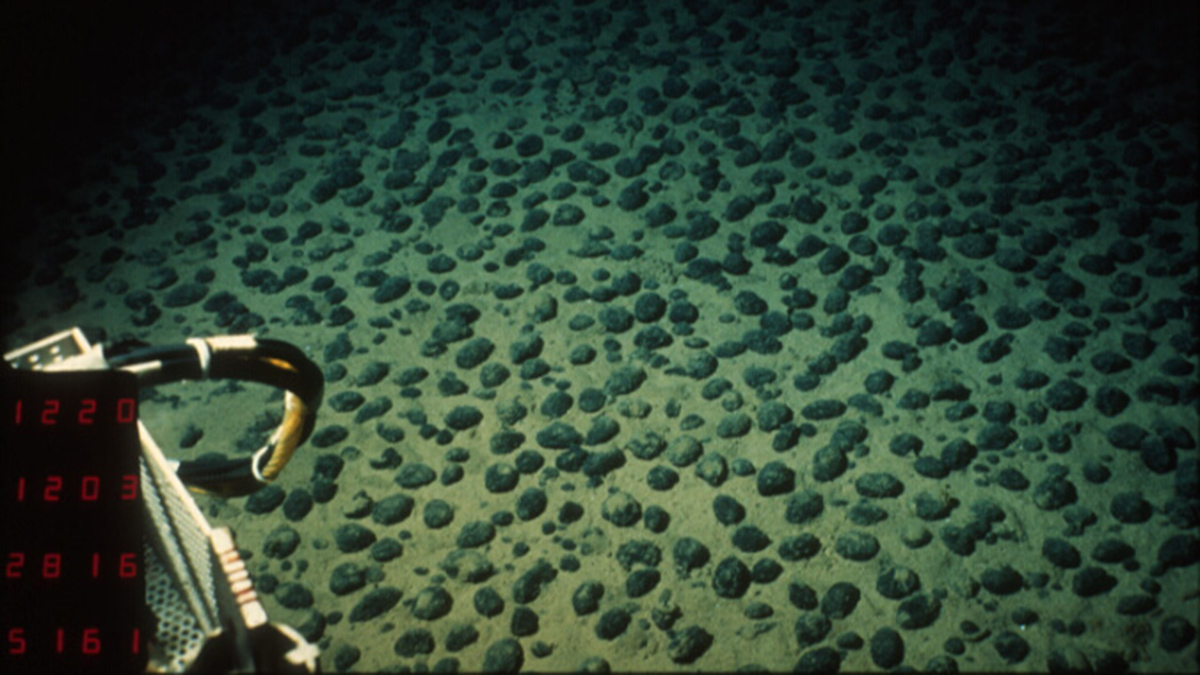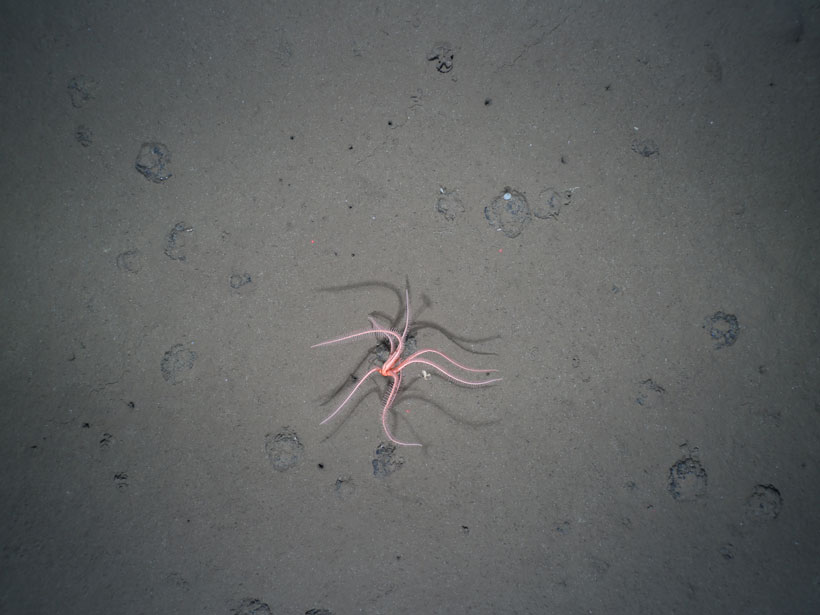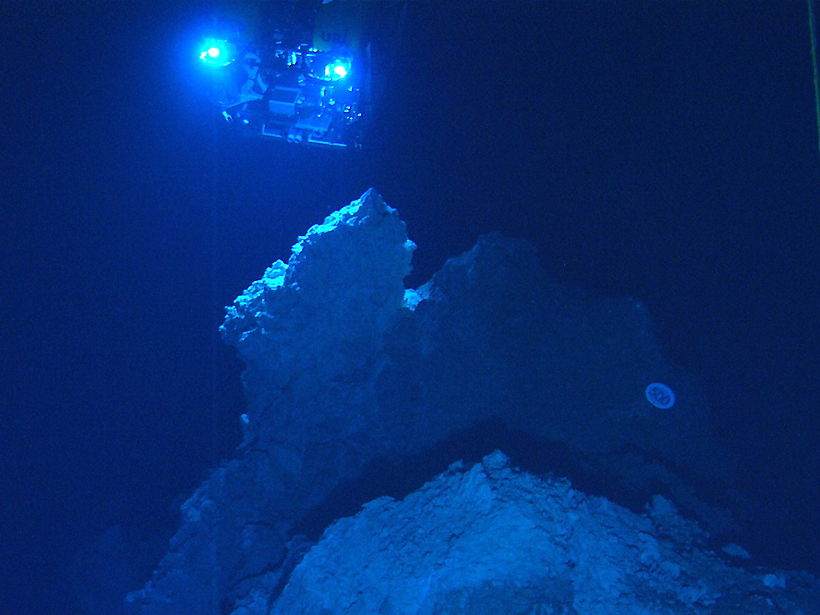A new executive order aims to establish the United States “as a global leader in seabed mineral exploration and development both within and beyond national jurisdiction.”
deep-sea mining
The Unexpected Role of Magnetic Microbes in Deep-Sea Mining
A new study highlights the co-occurrence of magnetic bacteria and polymetallic nodules and may offer insights into how the mineral-rich nodules form on the ocean floor.
Metallic Nodules Create Oxygen in the Ocean’s Abyss
These nodules, a focus of seabed mining interests, could be natural “geobatteries” and play a larger-than-expected role in the deep-sea ecosystem.
Exploration and Evaluation of Deep-Sea Mining Sites
Two studies chart new territory for the fledgling deep-sea mining industry through advances in the identification and analysis of seafloor hydrothermal mounds.
The 2-Year Countdown to Deep-Sea Mining
A small island nation is forcing the hand of international regulators to finalize rules for deep-sea mining, but scientists say the environmental consequences are not yet clear.
Deep-Sea Mining May Have Deep Economic, Environmental Impacts
A new report supports the creation of a compensation fund for nations that rely on terrestrial mining, but it fails to dispel environmental concerns over deep-sea mining.
The Long-Lasting Legacy of Deep-Sea Mining
New research reveals a deep-sea mining experiment that took place 26 years ago still has significant and persistent impacts on benthic life.
Deep-Seabed Mining May Come Soon, Says Head of Governing Group
New regulations could open the door for sustainable mining, says the head of the International Seabed Authority. However, he and others pointed to environmental, financial, and technical challenges.








